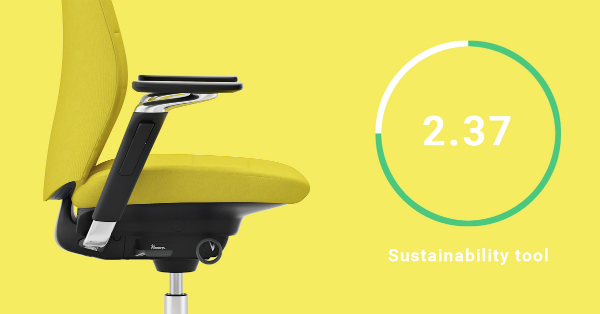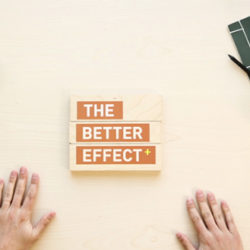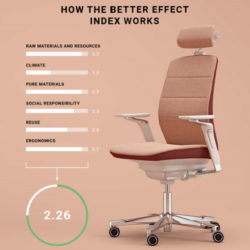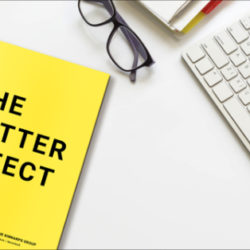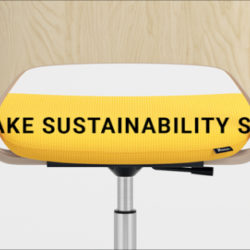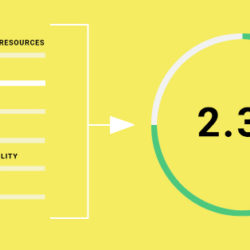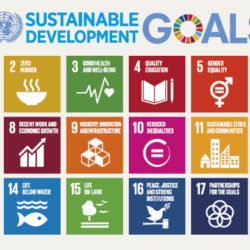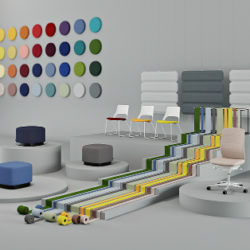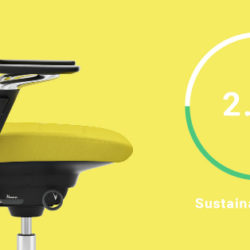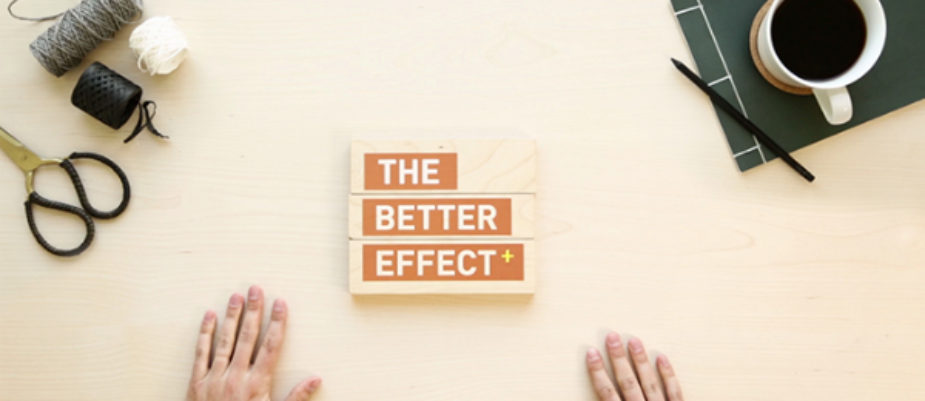
Raw materials and resources, climate, pure materials, social responsibility, reuse and ergonomics: these are the parameters that make a product sustainable, according to the Kinnarps’s protocol Better Index Effect. The eco-label, designed following the designer, architects and consumers’ needs and the UN sustainability goals, is open source and can be freely downloaded.
“More and more people want to make sustainable choices, so we have to make it easier to choose”, says Johanna Ljunggren, Kinnarps’ corporate sustainability manager. That’s why Kinnarps, despite the different eco-label out there, as Svanen, Möbelfakta, Blauer Engel, NF Environment and FSC, has chose to create a new one focused on important, but too often neglected, factors, like social responsibility or ergonomics, aiming to guide and change the production process and redefine the concept of sustainable object.
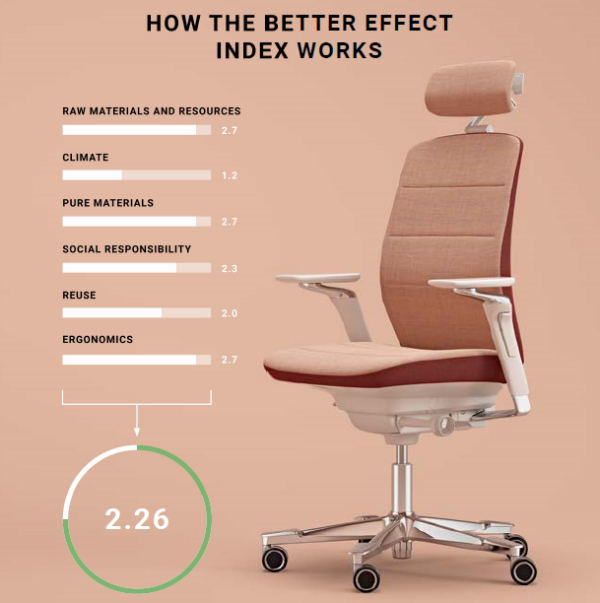
Every object is indexed in 6 different areas, on which the Better Index Effect is based:
1, Raw materials and resources
2, climate
3, pure materials
4, social responsability
5, reuse
6, ergonomics.
“Every product is ranked in the various area, and you can see exactly which criteria they have, or haven’t, fulfilled. This is important. We report not only our good products but also our shortcomings”, Johanna Ljunggren continues.
The first parameter examines where the raw material come from, the condition of the process production and the resources optimization. To increase the evaluation companies have to choose FSC certified products and tissue.
The second one is about the environmental and climate impact and is based on the carbon dioxide emissions, the reduction of packaging and the use of renewable energies.
Thirdly the use of pure materials means also to avoid dangerous chemicals: phthalates, use as softeners in plastic and rubber, flame retardants, bisphenol A, used in plastic, lacquer and glue, formaldehyde, allergenic in contact with skin and carcinogenic, and VOCs, volatile organic solvents. Eco-labelled products and fabrics, water-based lacquer and laminated top are, instead, indicated for increase the air and environmental quality.

Social responsibility concerns the company’s code of conduct and the control on the suppliers and over particular attentive situations, as the method of working in the BSCI’s list of risk countries.
The reuse, instead, follows the motto “Re:use, Re:fresh, Re:cycle”, so the possibility to redesign, repaired, and reused the object or the percentage of recycled materials in it. Reuse is the core of a sustainable object life circle: the 80% of the environmental impact of furniture is dued to materials, and therefore is crucial to make a difference to create a virtuous production process without any addition of energy and materials.
Finally, Kinnarps believes that sustainability is not just about the environment itself but also about the ergonomics and the well-being an object is capable of guarantee: furniture must encourage movements, control the acoustic impact, be easy to use and give the right light in the right place.
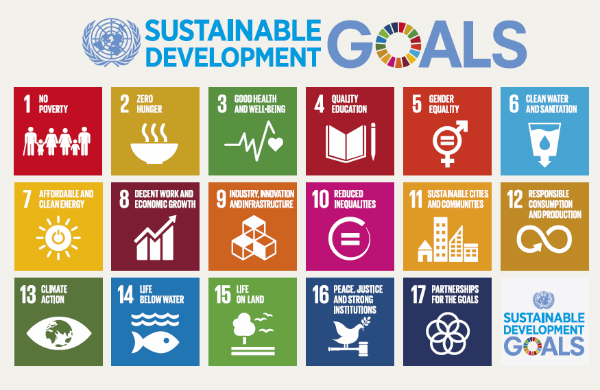
These parameters are not just an instrument of analysis, but a guideline for the company transformation: Kinnarps, for example, has decided to cut off the 10% of the energetic consumption and to use only wood coming from FSC certified forests. Furthermore, Kinnarps has decided to open source the Better Effect Index in order to give to architects and consumers the change to make valuable choices and to cooperate in order to design a more sustainable production cycle.
Text by Gabriele Masi.
